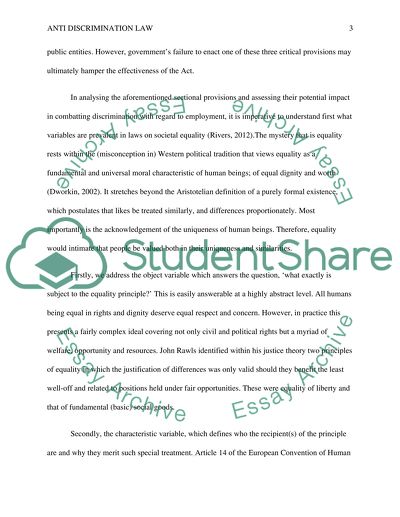Cite this document
(“Anti-Discrimination Law in the UK Essay Example | Topics and Well Written Essays - 3000 words”, n.d.)
Retrieved from https://studentshare.org/law/1398752-anti-discrimination-law
Retrieved from https://studentshare.org/law/1398752-anti-discrimination-law
(Anti-Discrimination Law in the UK Essay Example | Topics and Well Written Essays - 3000 Words)
https://studentshare.org/law/1398752-anti-discrimination-law.
https://studentshare.org/law/1398752-anti-discrimination-law.
“Anti-Discrimination Law in the UK Essay Example | Topics and Well Written Essays - 3000 Words”, n.d. https://studentshare.org/law/1398752-anti-discrimination-law.


